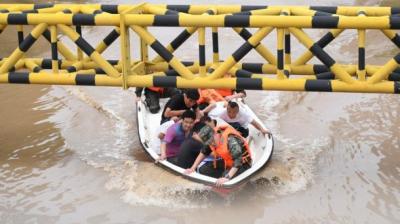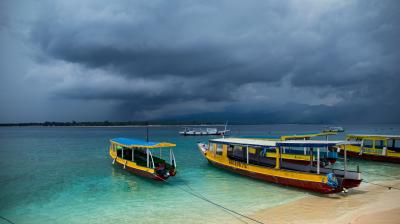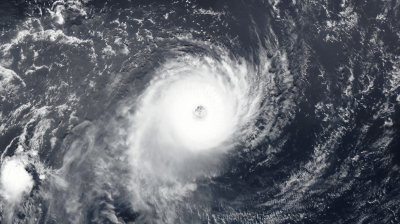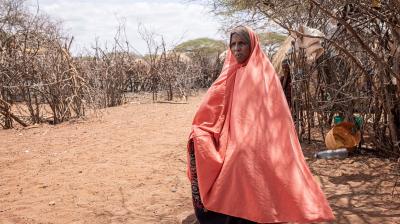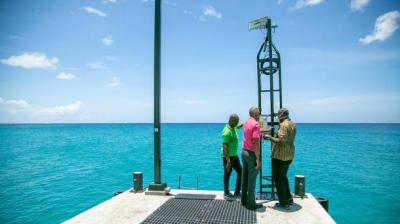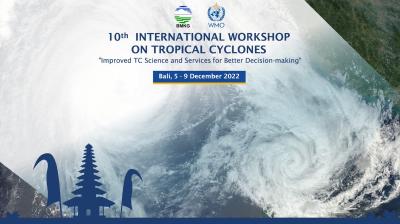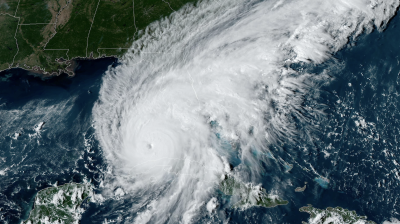WMO and UNDRR boost action against disasters in the Americas and Caribbean
National meteorological and hydrological services and disaster risk and emergency management services are holding a Joint session before the Regional Platform on Disaster Risk Reduction for the Americas and Caribbean. This unprecedent meeting aims to strengthen collaboration in pursuit of the Early Warnings for All initiative.

The conference coincides with a spate of weather and climate-related disasters with far-reaching impacts.
Wildfires, extreme heat and a long-running drought in Argentina, Chile and Uruguay have caused casualties and huge socio-economic losses, affected air quality and health, harmed agriculture and ecosystems and accelerated Andean glacier melt.
Heavy rainfall triggered floods in Brazil’s Sao Paulo region, sweeping away houses and killing dozens of people.
North America has been hit by a series of winter storms affecting millions of people and leading to major transport disruption. Meanwhile, the Caribbean is preparing for another hurricane season.
"The number of weather-related disasters around the world has risen five-fold over the past 50 years, yet not all countries in Latin America and the Caribbean have end-to-end early warning systems against frequent hazards such as floods. The Early Warnings for All Initiative aims to ensure everyone receives such protection by 2027,” said Prof. Petteri Taalas, the Secretary-General of WMO.
The meeting takes place on the sidelines of the Regional Platform for Disaster Risk Reduction for the Americas & the Caribbean being held in Punte del Este, Uruguay. It will brainstorm on how to meet challenges and opportunities in the implementation of the UN Early Warnings for All initiative being pursued by UN Secretary-General António Guterres.
WMO and the UN Office for Disaster Risk Reduction are two of the leading partners in the initiative.
Growing momentum
Momentum is growing, with a recent WMO regional conference on increasing weather and climate resilience in Jamaica and the regional launch of the Early Warnings for All Initiative in Barbados.
WMO is also implementing an expanded project to support six Andean countries in their climate adaptation and resilience efforts : Argentina, Bolivia, Chile, Colombia, Ecuador and Peru.
Between 1970 and 2019, South America recorded 867 disasters that killed nearly 58 000 people and caused more than US$ 100.9 billion economic losses. Floods were the top cause of disaster, with 77% of the death toll and 58% of the reported economic losses in the region, according to the WMO Atlas of Mortality and Economic Losses from Weather, Climate and Water-related Extremes.
In North America and the Caribbean, economic losses related to weather, climate and water extremes have increased TENFOLD over the past 50 years. The United States accounts for one third (38%) of global economic losses caused by weather, climate and water hazards, but in terms of losses related to GDP, the Caribbean is disproportionately vulnerable.
Naturally occurring phenomenon like El Niño and la Niña are an important factor in the region. But increasingly, climate change is aggravating the impacts, compounded by deforestation and urban development.
Sendai Framework
In view of the challenges, the summit seeks to strengthen the operational work and institutional coordination between national meteorological and hydrological services and national disaster management services in each country.
It will contribute to the Sendai Framework and its Target G to “substantially increase the availability of and access to multi‑hazard early warning systems and disaster risk information and assessments to the people by 2030.”
Objectives include:
- To provide clarity on the role of meteorological services and disaster management authorities in the design, development implementation, and monitoring of multi-hazard early warning systems
- To discuss gaps and challenges
- To provide a better understanding of the tools such as Impact based Forecasting (what the weather will be rather than do) and the use of Common Alert Protocol (a standard form of alert suitable for all emergencies and all media).
- To strengthen coordination and communication in order to ensure that early warnings reach those who need them
- To discuss how to mainstream multi-hazard early warning systems in climate change adaptation and sustainable development efforts.


